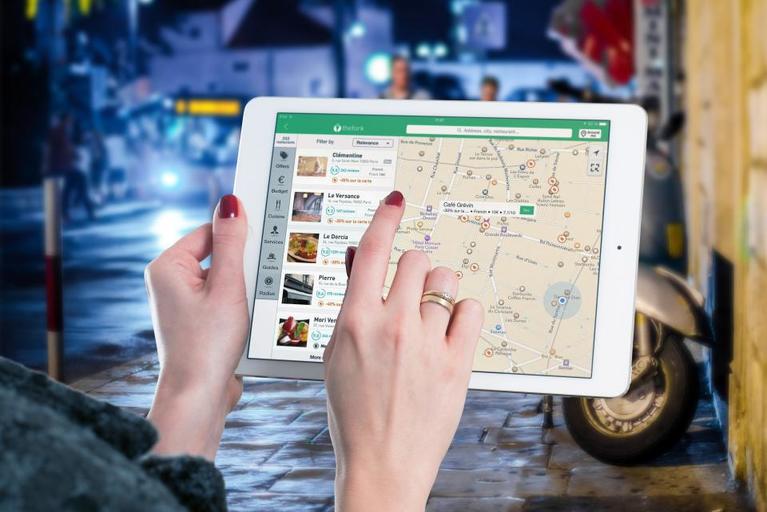
How do you get from one point to another today? Most of us simply put our destination point in GPS-enabled devices to reach there. But if you look into the past, this feature was not available in our childhood. Of course, the military was using GPS navigation systems long before they became available for public purposes like traveling from one point to another.
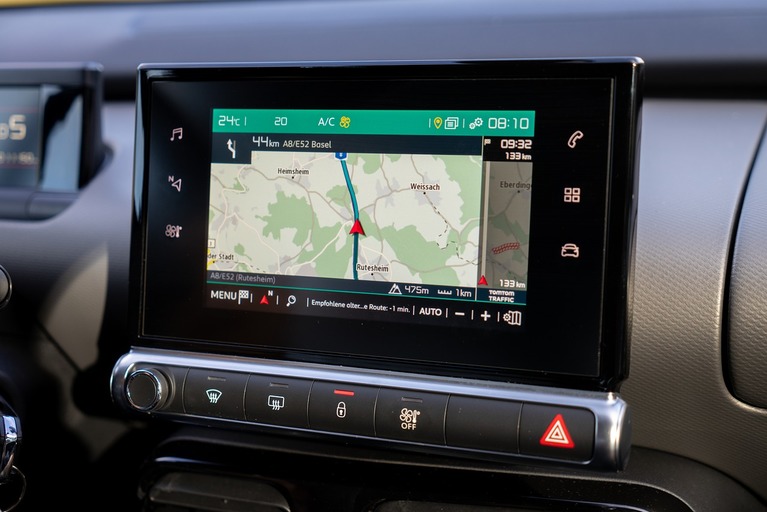
Car GPS system
At present time most of the gadgets are using navigation systems to provide a better experience to the public. Here we are going to explain the working of Car GPS navigation system. Before going into this let’s have a quick view of GPS (Global Positioning System).
What is Global Positioning System?
The GPS was developed by U.S. Department of Defense for the public in 1990. Before 1990 GPS was used only for military purposes. In 1990 the U.S. Department of Defense decreases the accuracy of GPS readings for public applications, stating a fear of adversaries for the internal security of the nation. This navigation system is not only confined in U.S. although most of the countries are using this navigation system for public purpose applications.
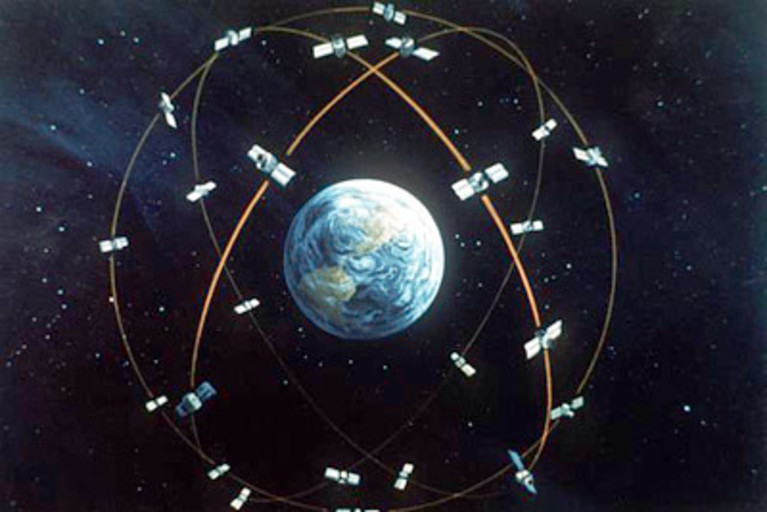
GPS satellite system
This navigation system is primarily based on satellites. Total 24 operational GPS satellites are present in medium earth orbit (MEO) at an altitude of approximately 20200 Kilometre or 12550 miles. In this navigation system each satellite circles the Earth twice a day. If you are interested to know more about this constellation arrangement of satellites then you can go to U.S. official GPS website.
Nowadays GPS is mainly being used in positioning, navigation, monitoring, and surveying applications.
Units of a GPS receiver system:
In the GPS navigation system, the user does not need to transmit signals to satellites, there exists only one-way transmission from satellite to user or GPS receiver. GPS receiver is mainly used to find the accurate position of an object. It performs this task by processing the received satellite signals.
This GPS receiver or module is also present in the Car or any GPS-enabled vehicles. GPS module has below units to perform their task:
- Receiving antenna
- GPS circuit board
- LNA (Low Noise Amplifier)
- Down converter
- Intermediate Frequency amplifier
- ADC
- Microprocessor
Receiving antenna:
Before going on the discussion of this antenna let’s understand what is the antenna? An antenna is a component that converts radio waves into an electrical signal and vice versa. In this way, the antenna receives radio signals from space and sends the converted signal to the GPS receiver circuit.
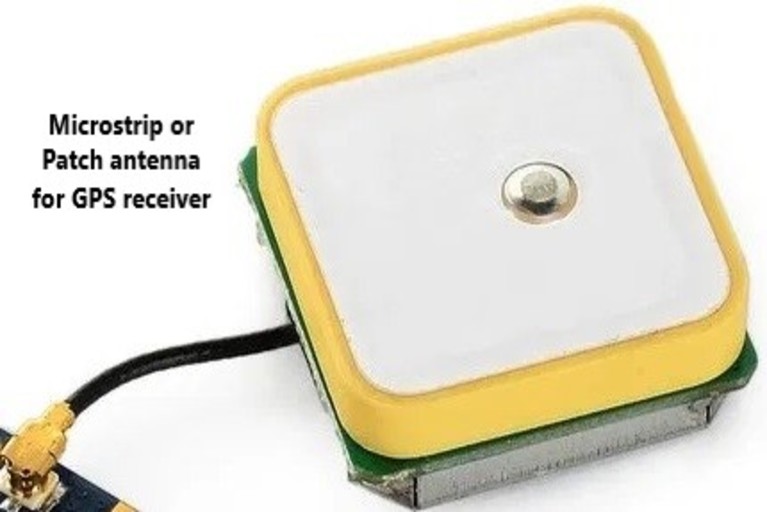
GPS patch antenna

Microstrip or patch antenna diagram
Receiving antenna of a GPS module is a ‘Patch or Microstrip’ type antenna. It is an antenna that is formed by etching out a patch of conductive material on a dielectric surface. You can easily understand this statement using its image diagram.
This antenna is formed using a microstrip technique by implementing on a printed circuit board thus is also known as a printed antenna. Normally patch antennas are considered as low profile antennas because it generates more losses. And these antennas are used for microwave frequencies (greater than 100 MHz or 1 GHz).
GPS circuit board:
It is a receiver module. GPS circuit board gives output in standard NMEA string format. NMEA stands for ‘National Marine Electronics Association’. It provides output serially on TX pin with default speed at 9600 baud rate. The NMEA string contains several comma separated pieces of information like latitude, longitude, altitude, time, etc.
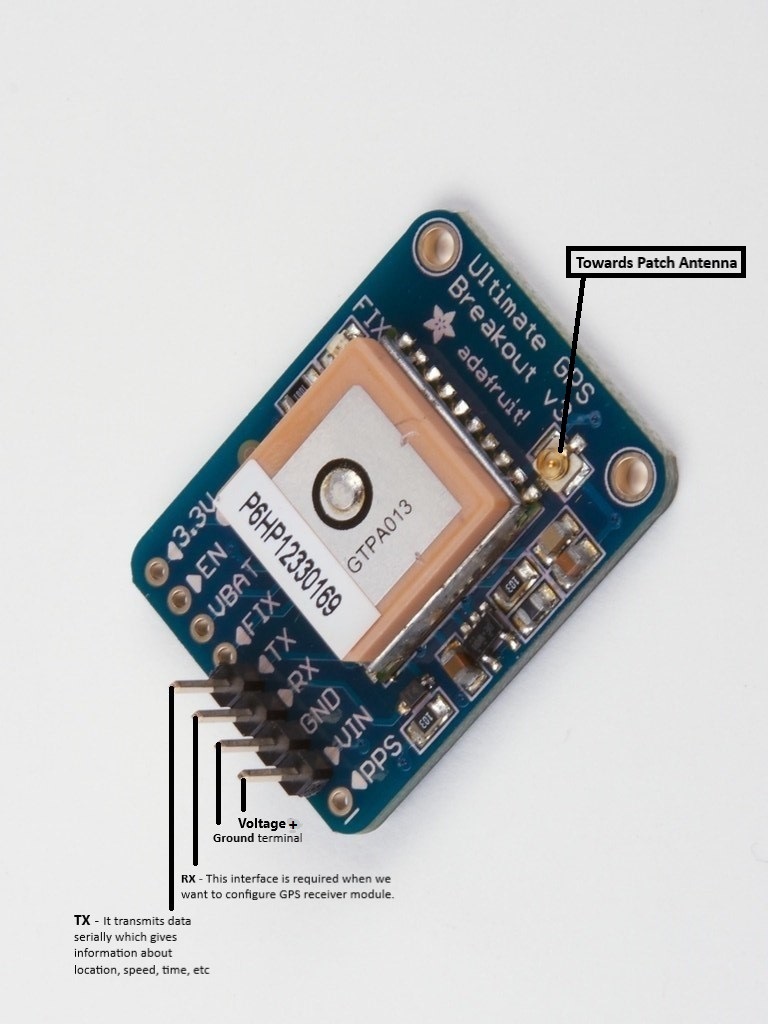
GPS receiver module
Pin description of this GPS receiver circuit:
Vcc: DC power input point from 3 to 6 volts.
GND: Ground terminal of power supply.
TX: This is the serial interface of this card. It transmits data serially which gives information about location, speed, time, etc.
RX: It is also a serial interface to receive data serially. This interface is required when we want to configure GPS receiver module.
We can divide this circuitry into below parts:
- LNA (Low Noise Amplifier): It amplifies the weak received signal from satellites.
- Down converter: This unit converts the frequency of the received signal to an Intermediate Frequency (IF) signal.
- Intermediate Frequency amplifier: Its name is self-explanatory. An IF-amplifier amplifies the IF signal.
- Analog to Digital Conversion (ADC): Analog to Digital Converter (ADC) perform s the conversion of the analog signal of intermediate frequency (IF) amplifier to digital form.
- Microprocessor: As we know microprocessor performs calculations or logical operations in any computational device. Here it performs the calculation of position and provides the timing signals to control the operation of other processing blocks. It also sends useful information to the display unit.
Benefits of GPS navigation system:
GPS receiver solved several kinds of problems. Some of them are given below:
- This system can find any point of earth by using the Trilateration technique. Trilateration is a simple method for finding the position of GPS receiver by using Latitude, Longitude, and Elevation.
- Nowadays GPS receiver mostly uses by daily commuters to check the fastest route toward their destination.
In this world, other navigation systems are also present. Some countries are using their navigation systems to protect their internal security.
Thanks for reading. See you soon with another exploration!

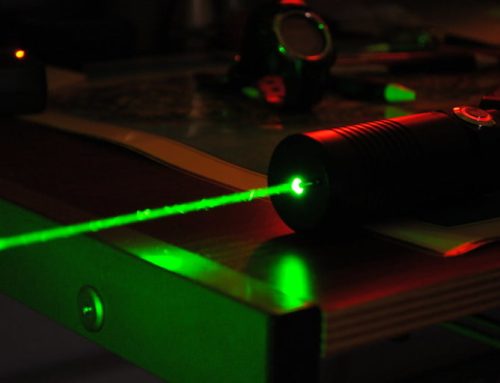
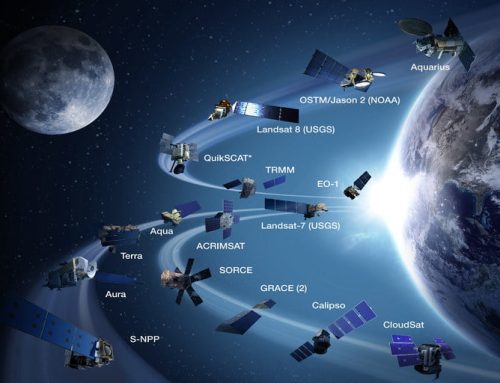

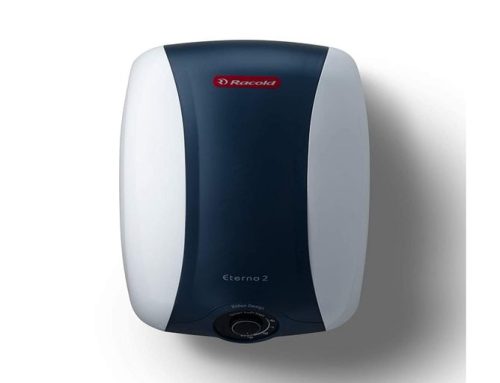

[…] receivers can also determine by using tri-lateration with four or more satellites. It is a kind of GPS system of European […]
[…] today most of us are using GPS to enable several smart devices in our cars to get the correct driving direction. This becomes […]